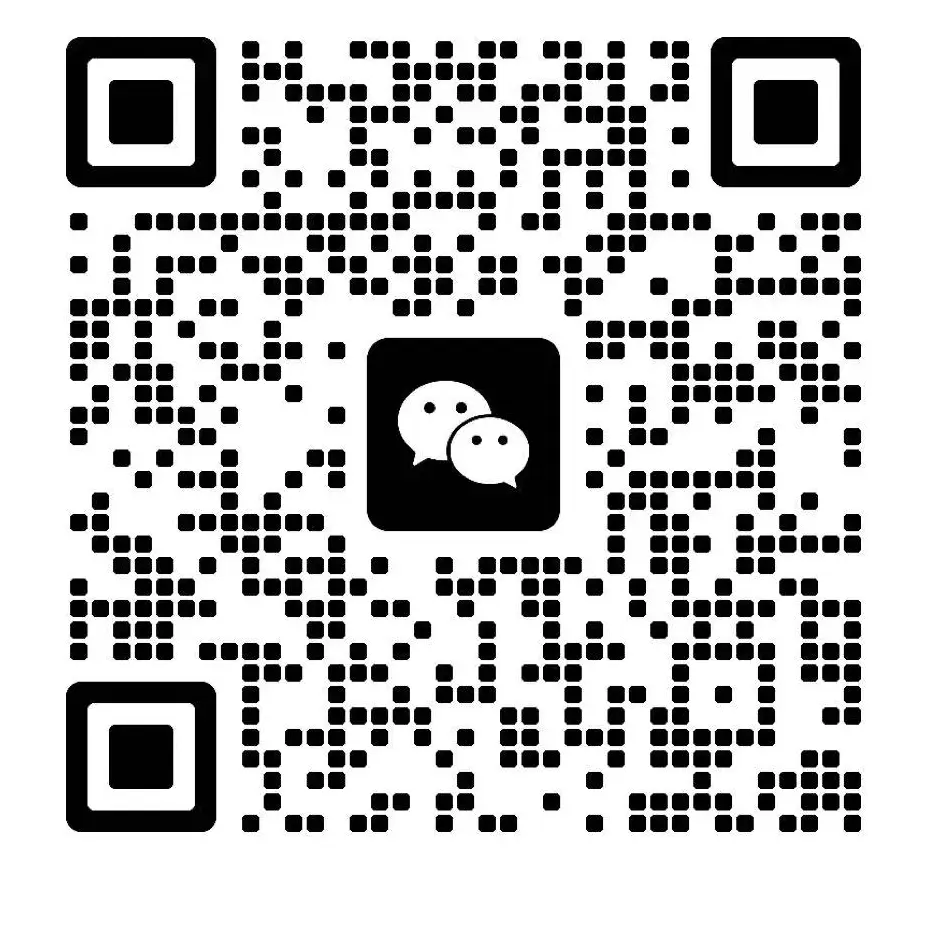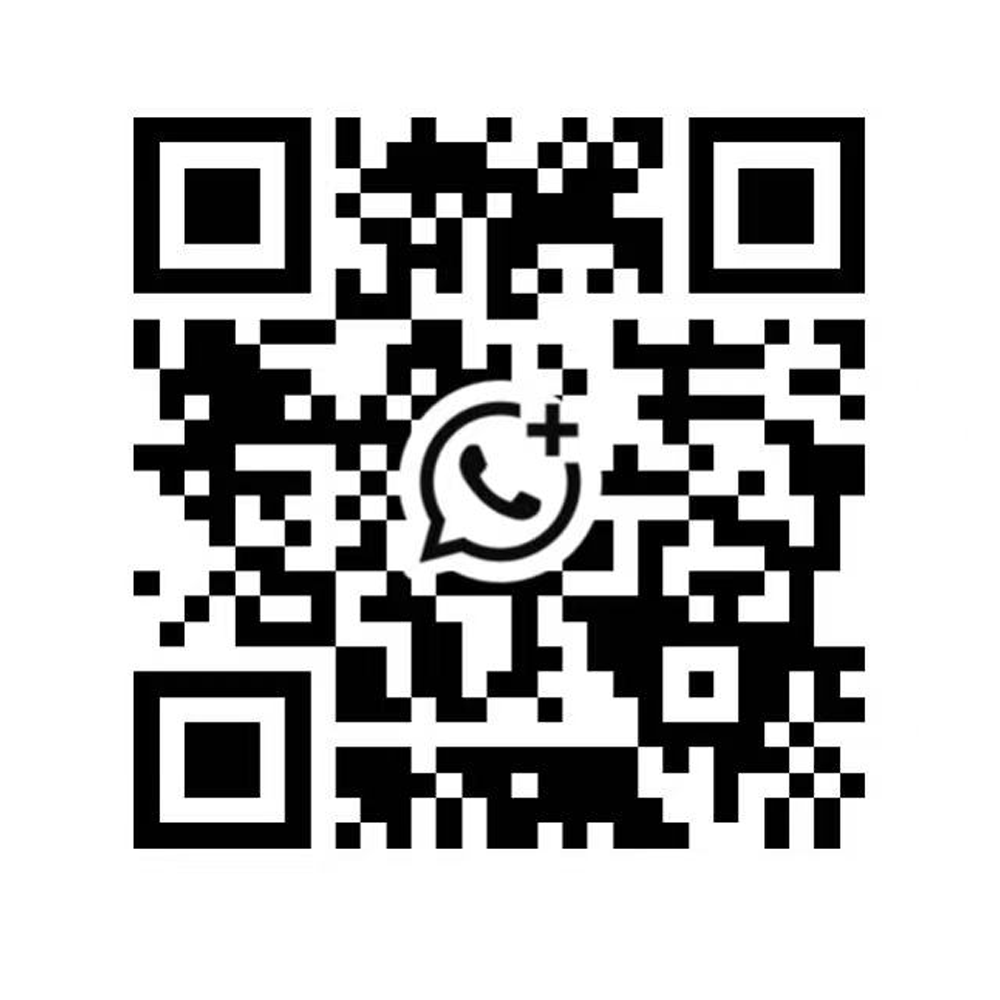Small T-shirt shops need speed and quality. Customers expect vibrant prints and fast delivery. A DTF printer for small business can help. It offers speed, versatility, and efficiency. This guide explains how it works, its advantages, and what to consider before buying.
What Is a DTF Printer?
DTF stands for Direct-to-Film.
The printer applies ink to a special film. You then transfer the design to fabric using heat.
DTF works on many fabrics:
- Cotton
- Polyester
- Blends
- Fleece
- Nylon
For small shops, that means more product options. You can serve schools, sports teams, or fashion brands.
Why Small Businesses Choose DTF
Small shops face tight deadlines and budgets. DTF printers reduce setup time and lower costs.
Key advantages:
- Prints stay bright after many washes.
- Works on both light and dark fabrics.
- Handles small orders and bulk runs.
- Low setup cost compared to screen printing.
- No screens or plates needed.
Thickness Range and Applications
Film thickness affects feel, durability, and use case.
| Thickness (Microns) | Best Use Case | Key Benefit |
|---|---|---|
| 50–60 µm | Fashion and casual wear | Soft, light, flexible |
| 70–80 µm | Everyday T-shirts | Balanced durability and comfort |
| 90–100 µm | Sports and outdoor gear | Strong adhesion, stretch resistant |
| 110+ µm | Workwear and uniforms | Rugged, textured, long-lasting |
Most small shops choose 70–90 µm. It provides comfort and strong prints for daily wear.
Advantages of a DTF Printer
A DTF printer gives small shops control and profit.
- Wide Fabric Range: Print on many materials.
- Fast Turnaround: Press and peel in minutes.
- Scalable Orders: One shirt or one thousand.
- Lower Waste: No leftover screens or ink.
- Sharp Details: Fine lines and gradients are clear.
Daily Maintenance Tips
Daily care keeps a DTF printer running smoothly. Small shops cannot afford downtime.
- Clean Print Heads: Wipe nozzles every day.
- Control Humidity: Keep 40–60% for smooth printing.
- Use Fresh Ink: Rotate stock and avoid expired cartridges.
- Run Test Prints: Prevent wasted jobs.
- Check Heat Press: Confirm pressure and temperature settings.
Following these steps saves money and ensures consistent quality.
DTF vs Other Printing Methods
Compare DTF with other options:
- DTG Printing: Soft feel, cotton only, higher ink cost.
- Sublimation: Vivid colors, polyester only.
- Screen Printing: Durable, great for bulk, high setup cost.
- DTF Printing: Flexible, low setup, durable, works on many fabrics.
For small businesses, DTF offers the best balance of cost, performance, and versatility.
What Small Business Buyers Should Consider
Before buying, think about these points:
- Budget: Choose a printer within your range.
- Order Size: DTF works for both small and large runs.
- Customer Base: Schools, sports teams, and fashion brands benefit.
- Supplier Support: Pick partners with training and spare parts.
- Growth Plans: Choose a printer that scales with your business.
Conclusion
A DTF printer for small business is more than equipment. It helps shops print faster, cut costs, and serve more clients. It works on many fabrics and delivers sharp, durable prints.
For B2B buyers, DTF reduces risk, opens new markets, and boosts profit. Start small. Grow fast. When demand rises, upgrade to a larger printer if needed.




